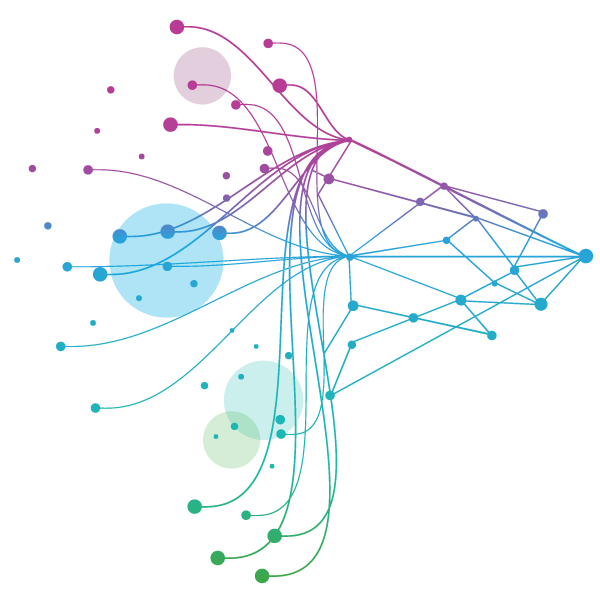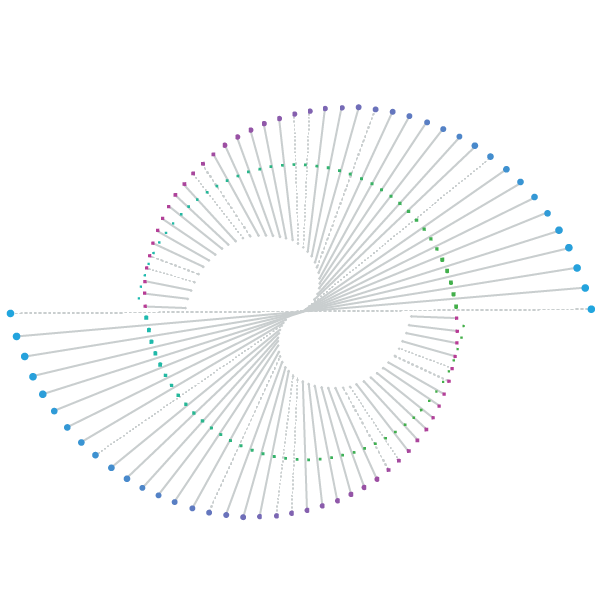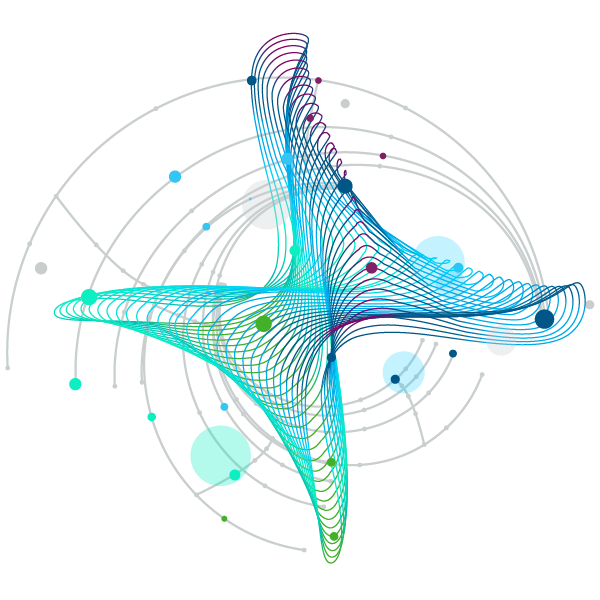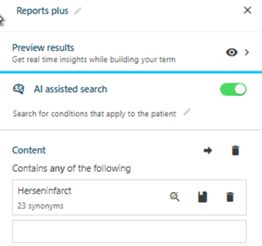





















Background and challenge
It is estimated that approximately 13,000 people in Flanders suffer a stroke each year. During a stroke or CVA (cerebrovascular accident), the oxygen supply to a part of the brain is disrupted. There are two major categories, namely ischemic strokes, and hemorrhagic strokes. In an ischemic stroke or cerebral infarction, a blood vessel is blocked, which causes the oxygen supply to be pinched off. In a hemorrhagic stroke or cerebral hemorrhage, a blood vessel is torn in the brain. This causes blood to be released into the brain tissue. The impact of a stroke is significant. Depending on the type of stroke, there is a 20-40% chance of not surviving. In addition, serious complications can arise, such as paralysis and/or speech and language problems.
Several hospitals have a separate stroke care unit and work together in specific stroke care networks to optimize the quality of care for this patient group. The Flemish government also conducts a procedure for the recognition of the stroke care program within hospitals.
In addition to this recognition, the Flemish government is committed to developing quality frameworks and monitoring compliance with them. For example, the Flemish Institute for Quality of Care (VIKZ) developed a set of evidence-based quality indicators together with the sector. These indicators measure the quality of stroke care by assessing the treatment immediately after a stroke, complications that arise during the acute hospital stay, and the risk of death after a stroke. This includes, for example, the time to thrombolysis, the incidence of aspiration pneumonia and the incidence of urinary tract infections, but also the risk of mortality within 30 days and within 90 days after a stroke.
Providing a high-quality registration for each of these indicators requires a great deal of effort from hospitals and can also be prone to errors due to the manual work. With the help of CTcue, the registration can be partially automated. This not only saves a lot of time, but also results in a lower margin of error.
Approach and results
The use case below focuses on mapping the time to thrombolysis. Thrombolysis is a treatment with a fast-acting substance that can dissolve a clot in a blood vessel. Such a treatment will therefore only be applicable to patients with an ischemic stroke.
CTcue can be used to map the time to thrombolysis. CTcue is a Natural Language Processing (NLP) tool that can access both structured and unstructured information from the Electronic Medical Record (EMR). For this use case, a query was built that searches for all patients who
- Have had an administration/registration of Alteplase
- Have a mention of TPA, thrombolysis, or actilyse in a report
- Have a mention of a cerebral infarction in a report, linked to the neurology specialty
When CTcue searches for a specific term in the reports, it automatically searches for a number of synonyms. As you can see in the print screen below, for example, 23 synonyms are automatically taken into account for the term ‘cerebral infarction’, such as CVA, stroke, iCVA, cerebellar infarction, brainstem infarction,... If these synonyms do not suffice – because a doctor always uses a specific abbreviation or terminology, for example – then there is always the possibility to manually add additional synonyms.

As a result of the query, we get a list of patients who have a registration of Alteplase in the medication, and a mention of a thrombolysis and a cerebral infarction in one of the reports. To be able to extract the time to thrombolysis for these patients, the query looked at the first line after the mention of the term ‘thrombolysis’ in the report. Here too, synonyms were considered. For example, terms such as ‘bolus’ or ‘TPA’ were also considered.

Conclusion
By using CTcue, hospitals can efficiently collect relevant data points. Especially KPIs for which the data is not available in a structured way can benefit greatly from using this tool. Now, hospitals are dependent on manual file checks to collect the necessary data points. This of course requires a huge amount of time and is also prone to errors. With the help of CTcue, this process can be automated, and it is possible to bring together all relevant data points in one overview.
Hospitals that use the above query indicate that they were not only able to collect the data faster, but that the results were also more accurate. For example, they were able to report the time to thrombolysis for more patients than was previously the case with manual registration.
Do you want to get started with this yourself, or do you have any questions? Then be sure to contact linda.ludikhuyze@iqvia.com for more information.





